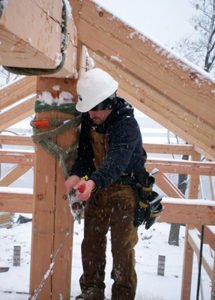
Winter is just around the corner (less than a week according to my calendar), and while many of us are staying indoors to ride out the colder temperatures, armies of builders and contractors are braving the elements in their day to day jobs. Whether the job be renovating a summer home to get it ready for the next beach season, or making needed repairs to keep the cold out in the coming months, I salute you for doing the job while the rest of us wimp out in front of the fire. So as not to be completely useless, I’ll offer this one word of advice: plan for wood expansion.
Wood moves right…RIGHT? As the temperature and humidity changes, so too does the moisture content of the lumber. The tiny straws that are wood fibers will swell as they fill with water and shrink when they are dry. At this time of year, as the temperature drops and the humidity goes with it, the wood is shrunken to its annual extreme. Inside the house can be even worse. When we turn on the heat, we essentially turn our houses into a drying kiln by forcing warm, dry air across all the wood in the house. Humidifiers will control some of this, but realize the air is still noticeably drier during the winter months.
Now is the time to plan for wood movement. In fact, it is the easiest time to plan since the wood is only going to move in one direction: out. The flooring, paneling, moulding, siding, etc that you are installing now is the narrowest it will be throughout the year. Using some of the known technical specifications about the wood you are installing will help you to calculate the minimum gap you should put between siding boards or around a floating floor or around that drawer front.
If you don’t have the movement percentages for the species you are using, check out any of our wood species pages and consult the chart on the left for radial and tangential shrinkage numbers. If your board is flat sawn, you want to consult the tangential number, whereas a quartersawn (or vertical grain) board should reference off the radial shrinkage numbers to determine how much movement there will be across the width of the board.
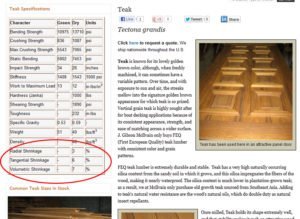
The real point to consider is that now can be the most precarious time to install wood. If wood movement isn’t considered now, then damage inevitably will result because of the expansion. Poorly determined spacing during a summer install may cause unsightly gaps, but a winter install without this consideration is a ticking time bomb of warped and buckled flooring, cracked and split counter tops, or some other costly repair.
Good luck with your wood project this winter. Stay warm and make sure to give whatever species you are working with plenty of elbow room.
Own a smartphone?
Download The Woodshop Widget for a comprehensive species library complete with a movement calculator. I have been using this for several years now, and it is an incredibly handy app that is available on both iOS and Android.

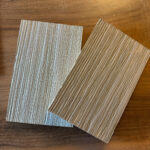

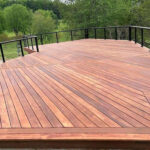
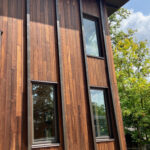
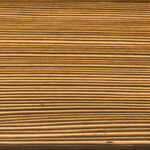



Leave a Reply